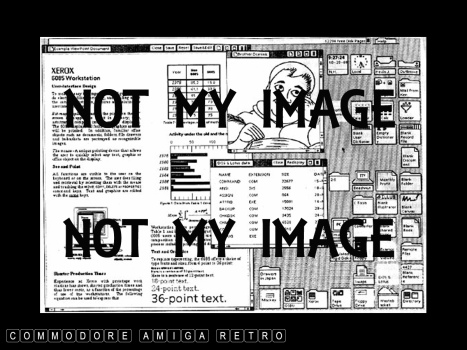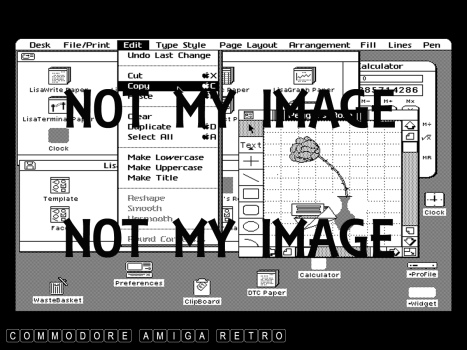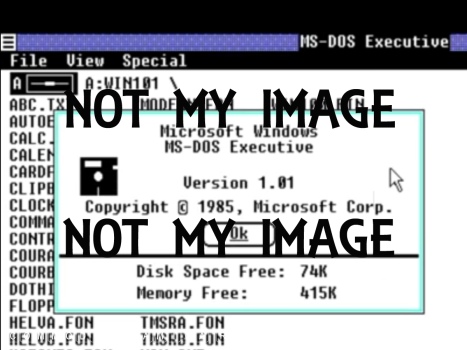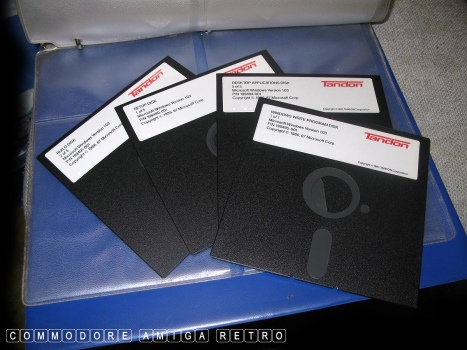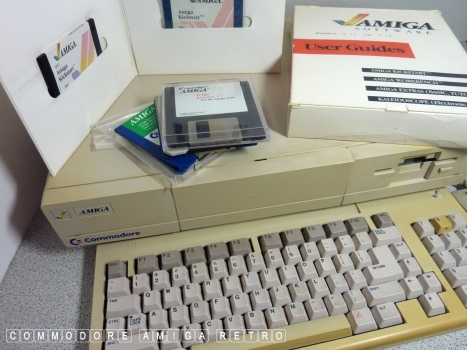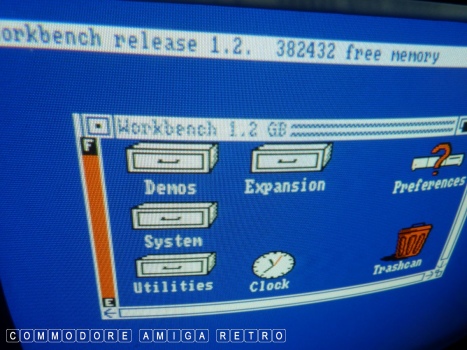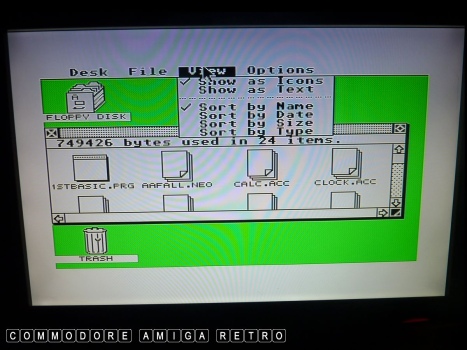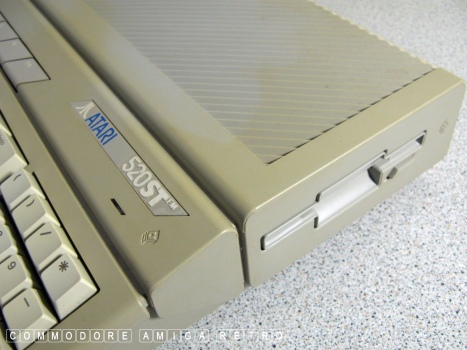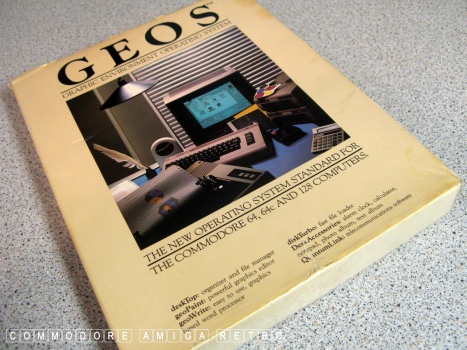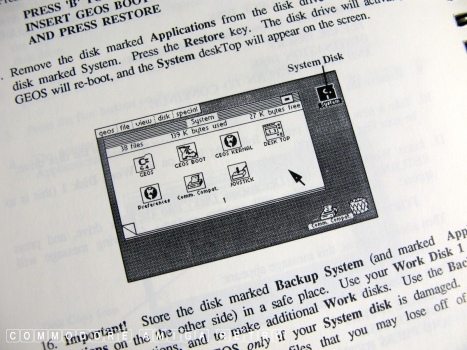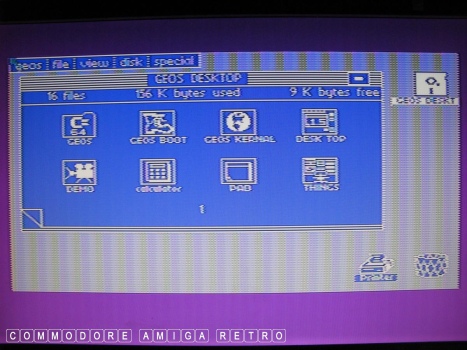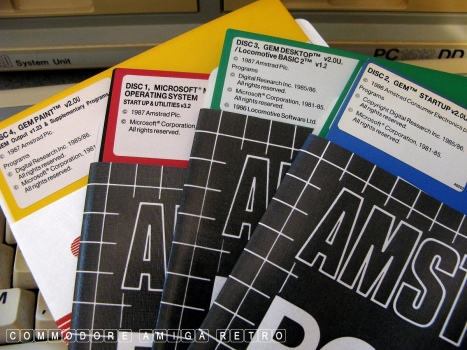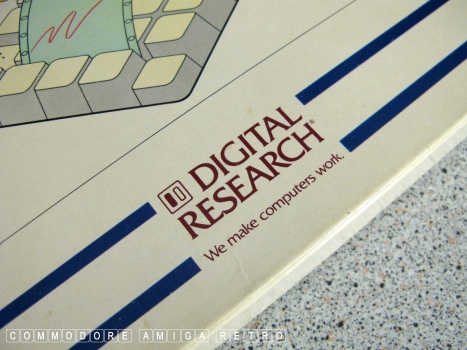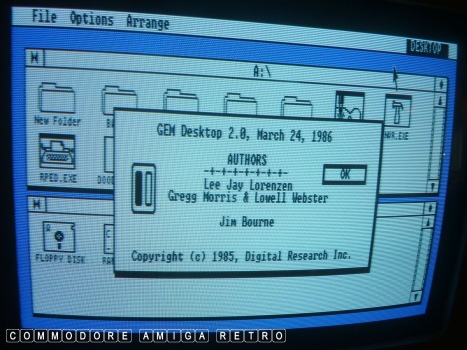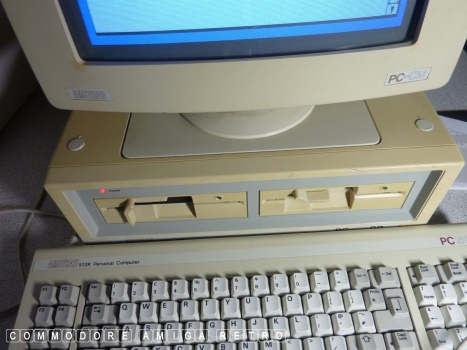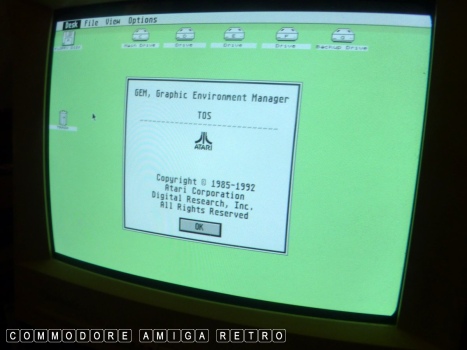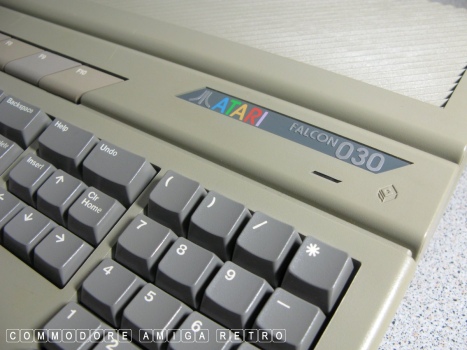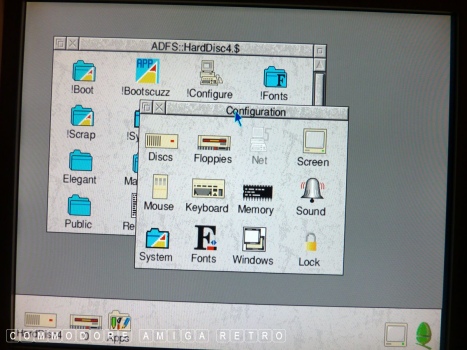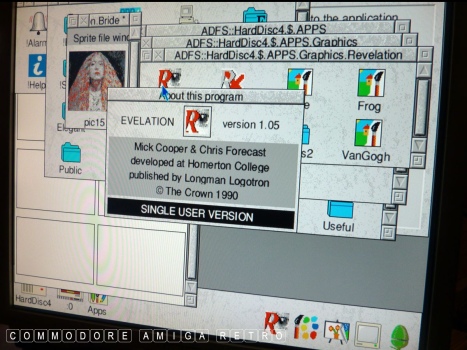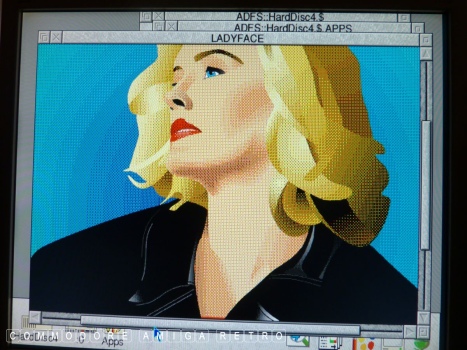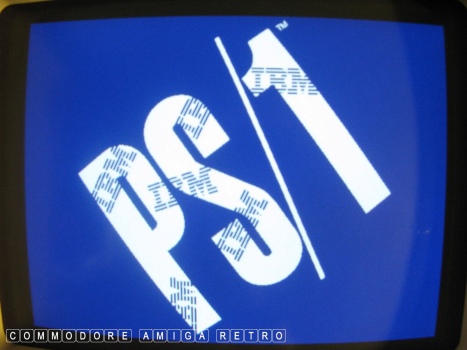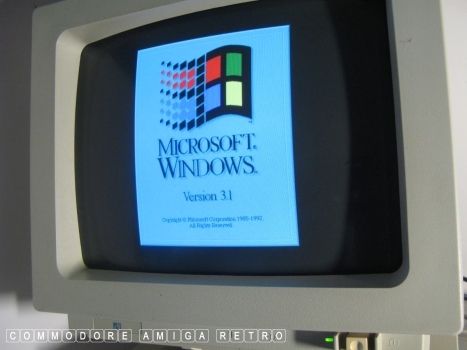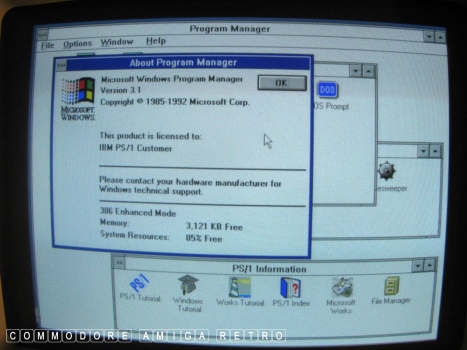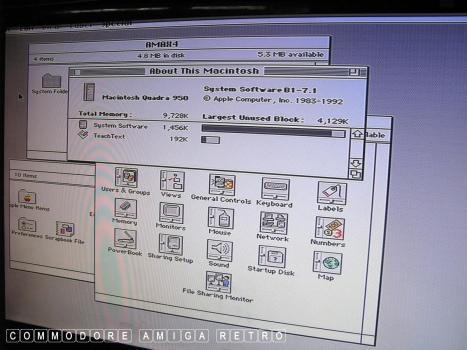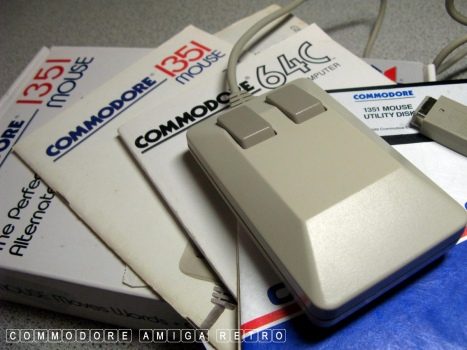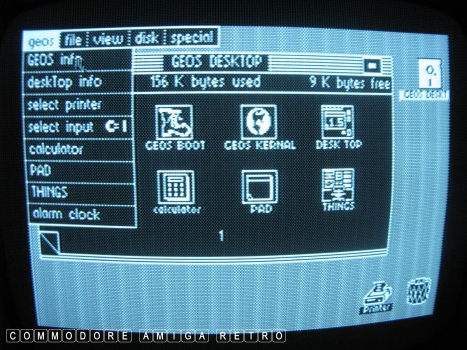
ScuzzBlog: Diaries January 2024
Entry 16th January 2024: Post 1: The GUI - A potted history.
The GUI - A potted history.
Following on from my comments regarding BASIC I thought I would
complete the subject by giving a very potted history of the GUI
or graphical User Interface. Now when I say potted I mean a very
simplistic overview mostly dragged from memory.
I am aware that the GUI started before 1980 but it is at this
point in history that Xerox PARC first demonstrated their very
own and pretty much first GUI. Xerox found themself in a strange
place in 1980 having developed a number of computer related ideas
but had little motivation to make commercial products as they
were focussed on their copying business.
In 1980 they invited Steve Jobs to visit them and having seen for
the first time the GUI claimed it to be one of the most fascinating
things he had ever seen. [ two guesses what happened next ].
Whilst Jobs set too incorporating a GUI into the Lisa, Xerox did
release the STAR 8010 Information System which I guess makes this
the first real commercial GUI. Another early venture was that of
Viscorp and the 'Visi On' software for the IBM. Jobs never viewed
any of these early systems including Microsoft's efforts as being
likely to become the main IBM window system.
Apple released their Lisa in January 1983 and incorporated their
own GUI. In 1984 the first Macintosh improved on the GUI interface.
It took Microsoft until 1985 to release Windows 1.0 which at that
time was an overlaid system to DOS.
OK enter the big guns and so to Commodore and the Amiga Workbench.
Need I say more. Head and shoulders above the rest. 1985 saw the
birth of the Amiga 1000 and with it The Workbench.. by the skin of
its teeth.
Meanwhile Digital Research were helping Atari with TOS and the ST
which launched a little ahead of the Amiga system.
Digital Research were also working on their very own GEM Desktop
which was released April 10 1985. Interestingly the GEM Intel
version was demoed at Comdex in November 1984.
Later on in the eighties we get Acorn and the RISC OS released in
June 1987 using the ARM chipset of the Reduced Instruction Set
computer.
Apple went on to enhance and develop their own systems and by 1992
Microsoft released Windows 3.1 and the rest is history.
One GUI that I do believe gets overlooked and which in truth had
everything the others had but at a fraction of the hardware cost
needed to run it and that was GEOS for the C64. I say C64 cus
the system was ideal for the GUI and even had a special mouse
fashioned to work alongside the software. Made by Berkeley
Softworks in 1986 takes first prize for being most creative. Well
them and Digital Research.
On a personal note I have never been a great fan of Workbench. I do
prefer jacking DOpus onto the Amiga as soon as possible. I also am
a great lover of XTree Gold 3.x and still use my Windows 7 machine
like an old fashioned file manager. I just love them paired style
windows and doing all my 'sturff' DOpus style. Tis why I can't use
a mobile phone or any Apple products. Them's be crazy.
So after all that I'd say Windows 7 is probably the best OS of all
time and the humble Notepad and the power of text has to be the
greatest application program of like ever, with HTML being the
document/file created most on this machine by a million miles ...
And it's free.
So that was the history of the GUI and all you really need to know.
Tomorrow I will explain how to build a sonic death ray using just
an old toilet roll tube and some sticky back plastic. Or not.
The GUI - A potted history.
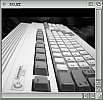
If you can only see this CONTENT window
then click the image above for the full site
Last updated 16th January 2024
Chandraise Kingdom
![]()
Keep the Faith
scuzzscink 2024

